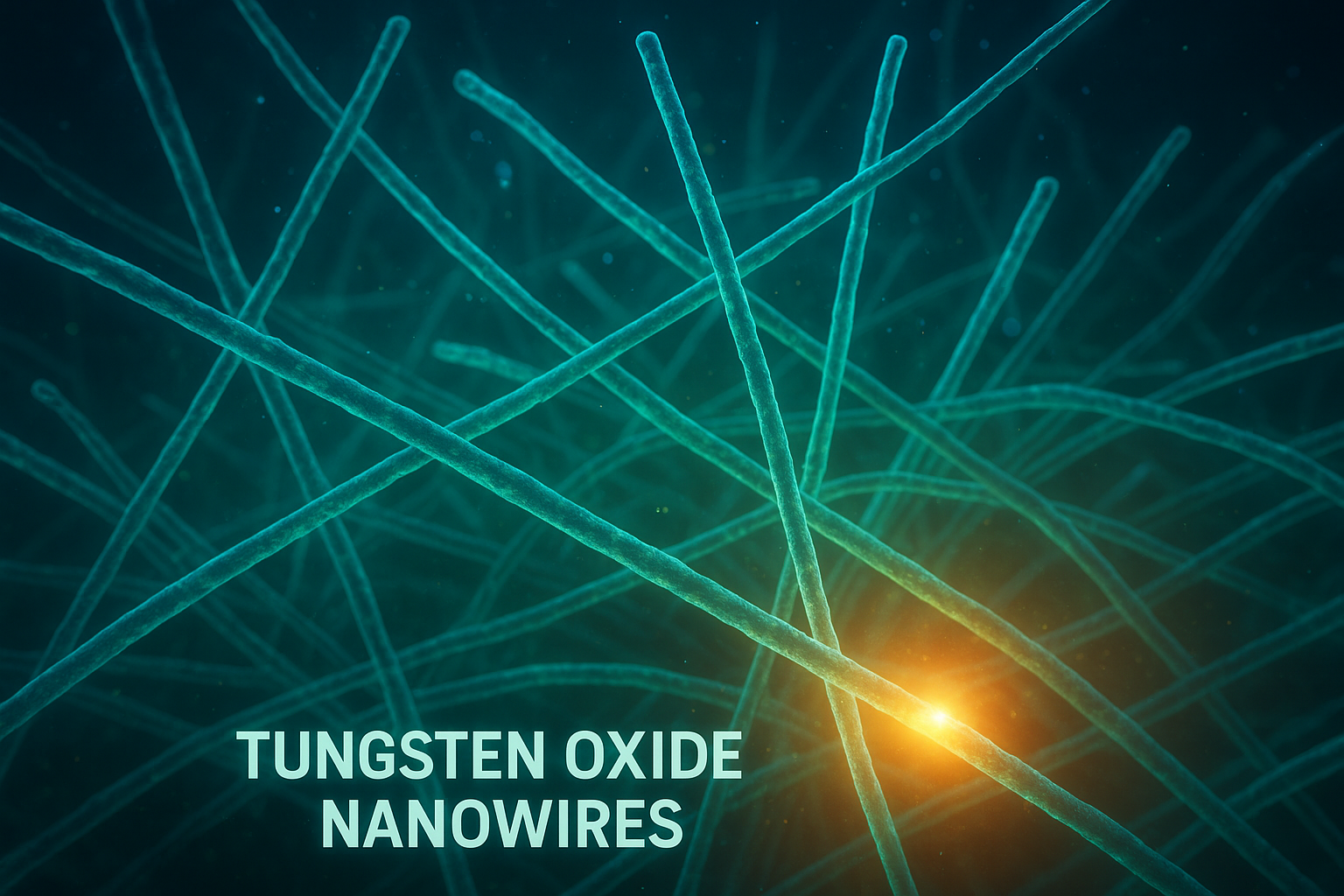Highlights
- Scientists developed ultrathin tungsten oxide (WO₃) nanowires with exceptional electrochemical properties.
- The nanowires show fast ion diffusion and high electrical conductivity, critical for next-generation batteries.
- Demonstrated excellent stability with over 1,000 charge-discharge cycles.
- Potential applications include high-performance lithium-ion and sodium-ion batteries.
- Marks a breakthrough in designing nanoscale materials for sustainable energy storage.
TLDR
A study by Liang Wang, Lei Ma, Yuzhou Tang, and colleagues introduces tungsten oxide nanowires with outstanding electrochemical performance. These materials could power the next generation of batteries with faster charging, greater stability, and lower environmental impact.
The Energy Storage Challenge
As the world races to adopt renewable energy and electric vehicles, the demand for better batteries grows daily. Current lithium-ion batteries face two major challenges: slow charging and limited cycle life. Alternative chemistries like sodium-ion are promising but still struggle with efficiency and stability.
To overcome these hurdles, scientists are looking at nanomaterials, which can offer faster ion transport and better durability due to their unique structural properties.
Why Tungsten Oxide Nanowires?
In their new paper published in Nature Communications, Liang Wang, Lei Ma, Yuzhou Tang, Zhijun Wang, Yanyan Wang, Jiawei Wang, Guanzhou Zhu, Jianping Guo, Yimin Mao, Jian Yang, Lijun Zhang, and Yunhui Huang report a breakthrough in using ultrathin tungsten oxide (WO₃) nanowires as a battery electrode material.
WO₃ is already known for its electrochromic and catalytic properties, but its nanoscale wire form offers entirely new advantages. The ultrathin wires provide:
- Large surface area for electrochemical reactions.
- Short diffusion pathways for lithium and sodium ions.
- Robust crystal structure that resists degradation over many cycles.
Record Performance in Batteries
When tested in both lithium-ion and sodium-ion batteries, the WO₃ nanowires showed remarkable results:
- Maintained capacity over 1,000 charge-discharge cycles.
- Enabled faster charging due to superior ion mobility.
- Delivered stable energy output even under demanding conditions.
This combination of speed, durability, and versatility makes tungsten oxide nanowires a top candidate for next-generation energy storage systems.
Beyond Lithium: Flexible Future Applications
One of the most exciting aspects of the study is that WO₃ nanowires are not limited to lithium-ion batteries. They also excel in sodium-ion batteries, which are cheaper, safer, and rely on more abundant raw materials than lithium.
This opens the door to broader adoption of renewable energy storage in regions where lithium supply is limited or costly.
Toward Sustainable Energy Solutions
Energy storage is the linchpin of a clean energy future. Breakthroughs like WO₃ nanowires not only promise better electric vehicle batteries but also support the integration of solar and wind power into national grids.
With their stability, efficiency, and versatility, these nanowires could help reduce reliance on fossil fuels and accelerate the transition to sustainable energy systems.
Source: Wang, L., Ma, L., Tang, Y., Wang, Z., Wang, Y., Wang, J., Zhu, G., Guo, J., Mao, Y., Yang, J., Zhang, L. & Huang, Y. (2025). Ultrathin tungsten oxide nanowires for high-performance energy storage. Nature Communications. https://doi.org/10.1038/s41467-025-62865-w

